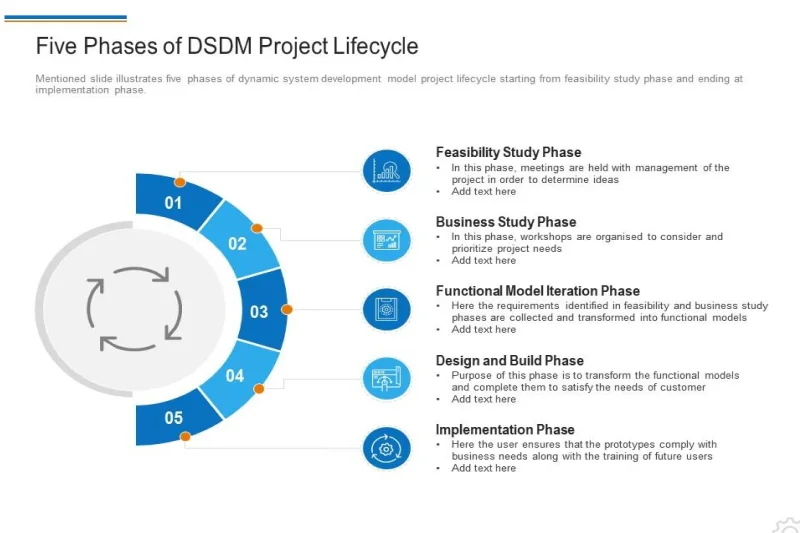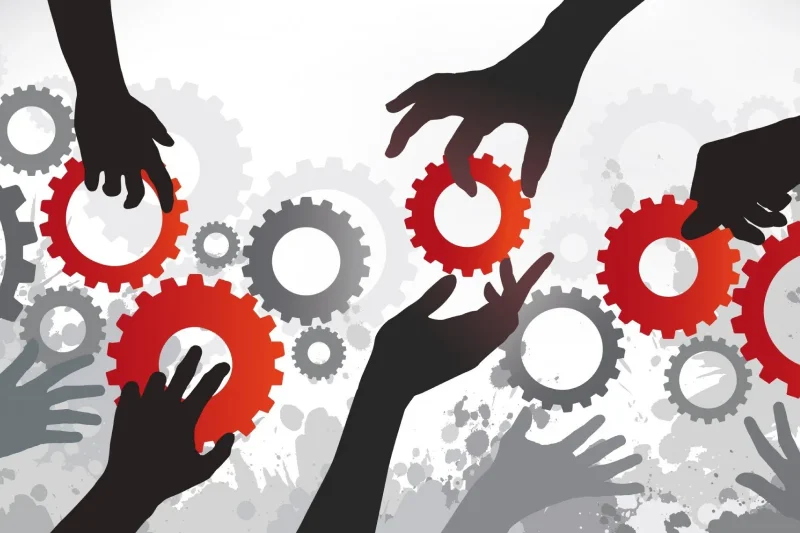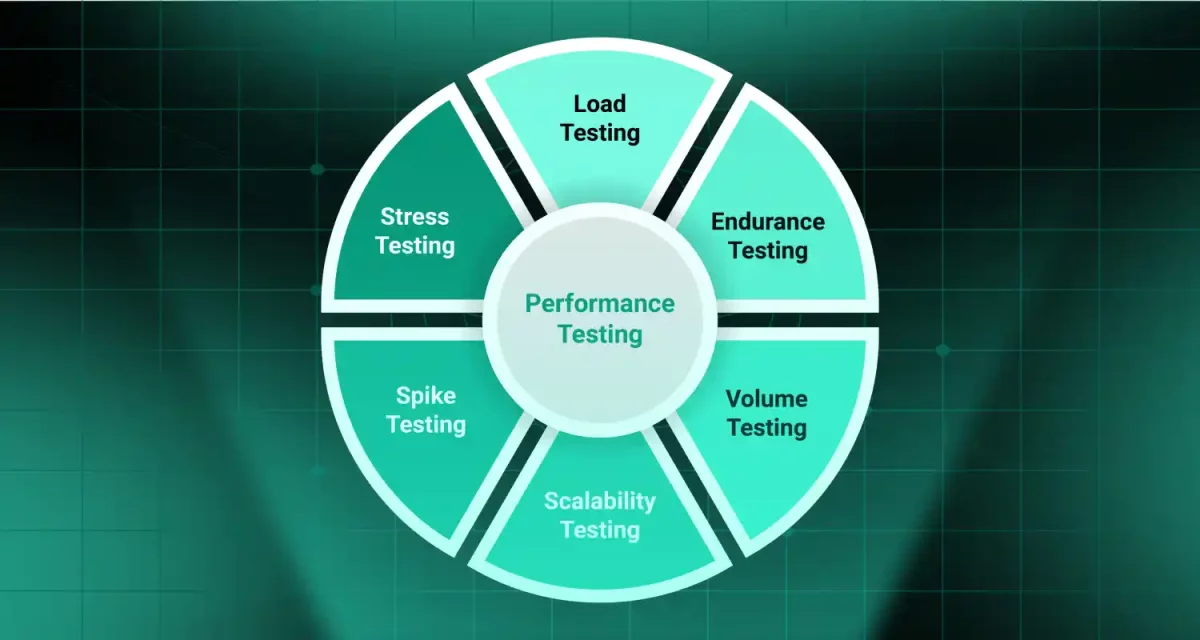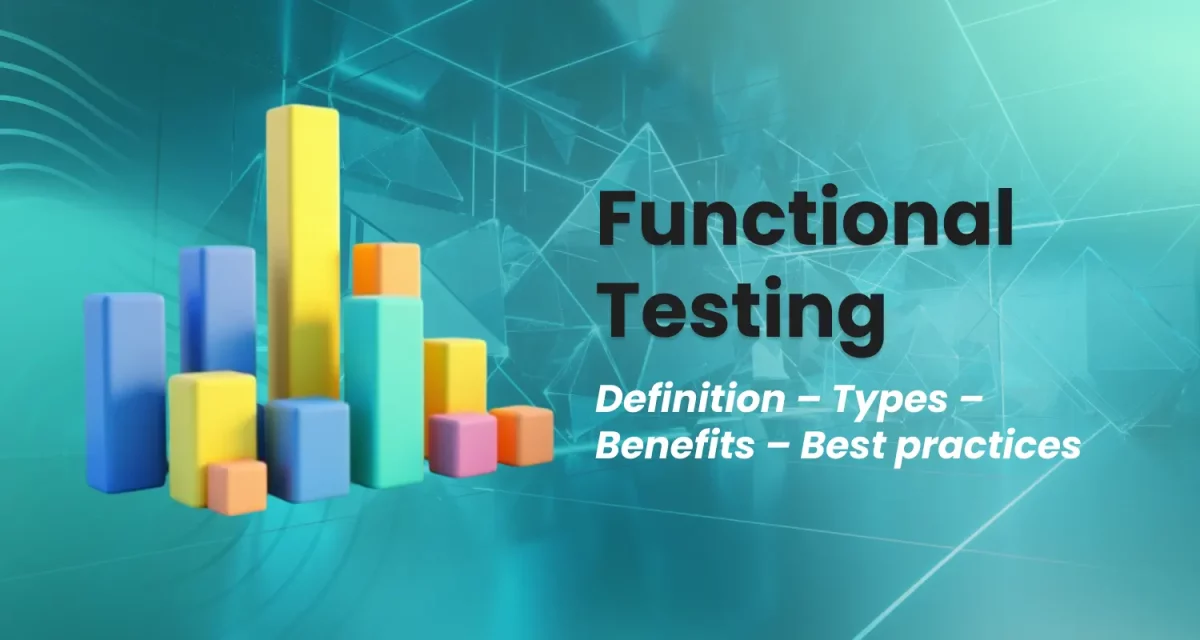
Agile methodologies have changed how projects are managed, making them more flexible and efficient. Among them, the dynamic systems development method (DSDM) stands out as a structured agile project management approach.
DSDM evolved from Rapid Application Development (RAD) and focuses on business value, user collaboration, and incremental delivery. It ensures control while adapting to changes, making it a strong project delivery framework.
This article explores the dynamic systems development method, covering its principles and practices, lifecycle phases, roles, techniques, and the advantages and disadvantages of DSDM. Whether you’re a project manager or a software developer, this guide will help you understand how DSDM fits into modern agile methodologies.
1. What is the dynamic systems development method (DSDM)?

The dynamic systems development method (DSDM) is an agile project management approach that ensures projects are delivered on time and meet business needs. It provides a structured yet flexible framework for iterative development while maintaining control over costs, risks, and quality.
DSDM was created in the 1990s as an evolution of Rapid Application Development (RAD). While RAD focused on speed, DSDM introduced structure and governance to balance fast delivery with business value. This made it one of the most robust project delivery frameworks in agile methodologies.
Unlike other agile project management methods, DSDM is business-driven. It prioritizes user collaboration, adaptability, and continuous feedback to ensure project success. By combining strict time management with flexibility, DSDM helps teams develop solutions efficiently while aligning with business goals.
Read more >>>> What is Scrum Software Development Model? Key Principles Explained
2. Core principles of DSDM

The dynamic systems development method (DSDM) is built on eight core principles that ensure successful project delivery. These principles guide teams in maintaining business value, improving user collaboration, and following best DSDM principles and practices.
- Focus on the business value – Every decision and development effort should align with business goals.
- Deliver on time – Timeboxing ensures projects stay on schedule, making timely delivery a priority.
- Collaborate with user collaboration – Involving users throughout the process helps refine requirements and improve outcomes.
- Never compromise quality – Quality is non-negotiable and must be maintained at all stages.
- Build incrementally from firm foundations – Solutions are developed in steps, ensuring each stage is stable before moving forward.
- Develop iteratively – Continuous improvement and feedback allow for better results over multiple cycles.
- Communicate continuously and clearly – Open and regular communication keeps the team aligned and prevents misunderstandings.
- Demonstrate control – Strong governance ensures the project stays within scope, budget, and quality standards.
These principles shape the DSDM project lifecycle phases, ensuring projects are well-managed, flexible, and value-driven. By following these DSDM principles and practices, teams can create effective solutions that meet both business and user needs.
Read more >>> Advantages of Spiral Model in software development
3. Five phases of the DSDM lifecycle

The dynamic systems development method (DSDM) follows a structured approach, divided into five key phases. These DSDM project lifecycle phases ensure efficient iterative development and incremental delivery, allowing teams to refine and improve solutions continuously.
3.1. Feasibility study
This phase determines if the project is viable. Teams assess risks, costs, and benefits to ensure alignment with business goals. Key deliverables include a feasibility report and an outline of the project’s scope.
3.2. Business study
The project is aligned with business objectives, and key stakeholders are identified. Teams define high-level requirements and establish priorities. A business case and a requirements list are created to guide the next phases.
3.3. Functional model iteration
Teams develop and refine prototypes using iterative development and user feedback. This phase focuses on validating concepts and ensuring the solution meets business needs. Continuous testing helps improve functionality.
3.4. Design and build iteration
The actual solution is constructed through incremental delivery. Development happens in cycles, with regular reviews and refinements. The goal is to build a working product while ensuring quality and usability.
3.5. Implementation
The final solution is deployed, and users receive training. A post-implementation review ensures the project meets expectations and identifies areas for future improvements.
Each phase is interconnected, ensuring flexibility and adaptability. By following these DSDM project lifecycle phases, teams can deliver high-quality solutions that align with business needs while embracing change.
Read more >>>> Benefits of adopting the Shape Up Method in software teams
4. DSDM techniques and practices

The dynamic systems development method (DSDM) uses various techniques to ensure efficient project delivery. These methods focus on flexibility, quality, and collaboration, helping teams stay on track while adapting to changes.
- Timeboxing – Ensures timely delivery by setting fixed time limits for tasks. This prevents scope creep and keeps development focused.
- MoSCoW prioritization – Helps teams decide which features to develop first. It categorizes tasks into:
– Must have – Critical for the project’s success.
– Should have – Valuable but not mandatory.
– Could have – Optional enhancements if time permits.
– Won’t have – Not necessary for the current phase. - Prototyping – Creates early versions of the solution for user feedback. This iterative development process refines the product before full implementation.
- Testing throughout the lifecycle – Continuous integration and testing ensure quality at every stage, reducing errors and improving performance.
- Facilitated workshops – Bring stakeholders together to clarify requirements and resolve issues quickly. These workshops improve user collaboration and decision-making.
- Modeling – Uses diagrams and visual tools to represent requirements, processes, and system designs, making it easier to understand complex solutions.
- Configuration management – Ensures version control and traceability, keeping track of changes and preventing inconsistencies in the project.
By applying these DSDM techniques and practices, teams can maintain flexibility while delivering high-quality solutions that meet business needs.
5. DSDM roles

In the dynamic systems development method (DSDM), clearly defined roles ensure that projects run smoothly. Each role has specific responsibilities, contributing to the success of the agile project management process. The roles are divided into three levels: business, management, and development.
5.1. Business roles
- Executive sponsor – Provides high-level support and ensures the project aligns with strategic business objectives. This role has the final say on decisions and secures necessary resources.
- Visionary – Defines the project’s direction, ensuring it delivers business value. The visionary sets high-level requirements and ensures alignment with overall goals.
- Ambassador user – Represents the end-users. They provide feedback throughout development to ensure the final product meets real needs.
- Advisor user – A subject matter expert who offers specialized knowledge when needed. Their insights help refine functionality and usability.
5.2. Management roles
- Project manager – Oversees planning, coordination, and resource management. This role ensures teams follow DSDM principles and practices, keeping the project on track.
- Technical coordinator – Manages the technical aspects of the project. They ensure the solution is feasible, scalable, and aligned with technical standards.
- Team leader – Guides the development team, ensuring collaboration between different roles. The team leader also resolves conflicts and keeps progress steady.
5.3. Development roles
- Solution developer – Responsible for building the product. They work closely with testers and users to refine and improve the solution through iterative development.
- Solution tester – Ensures that each incremental delivery meets quality standards. They conduct tests throughout the DSDM project lifecycle phases to catch issues early.
- Scribe – Documents meetings, decisions, and requirements. Their work ensures transparency and keeps teams aligned.
- Facilitator – Organizes facilitated workshops, helping teams collaborate effectively. They ensure discussions are productive and lead to clear decisions.
- Specialist roles – Experts brought in as needed, such as security analysts, UX designers, or compliance officers.
Each role plays a critical part in ensuring user collaboration, project success, and smooth project delivery framework execution. Together, these roles make DSDM an effective and structured agile methodology.
6. Advantages and disadvantages of DSDM

6.1. Advantages of DSDM
The dynamic systems development method (DSDM) offers several benefits that make it a strong project delivery framework. Its structured yet flexible approach ensures projects are efficient and aligned with business needs.
- Strong alignment with business goals – Every stage focuses on delivering real business value.
- Timely delivery within budget – Uses iterative development and timeboxing to keep projects on schedule.
- High-quality deliverables – Active user collaboration ensures the solution meets requirements from the start.
- Flexibility to adapt – Changes can be managed smoothly without disrupting progress.
- Clear project control – Defined roles and governance reduce risks and improve decision-making.
These advantages help businesses manage projects efficiently while maintaining control over time, cost, and quality. However, DSDM also has some challenges.
6.2. Disadvantages of DSDM
Despite its strengths, the dynamic systems development method is not suitable for every project. There are some limitations to consider.
- High user involvement – Requires continuous user collaboration, which can be difficult for some organizations.
- Not ideal for very large projects – Managing iterative development in complex systems may be challenging.
- Skilled facilitators needed – Facilitated workshops are crucial, but running them effectively requires experience.
- Strict time constraints – The fixed timeframes of timeboxing may not work well for all projects.
Understanding the advantages and disadvantages of DSDM helps teams decide if it’s the right project delivery framework for their needs.
7. Conclusion
The dynamic systems development method (DSDM) is a powerful agile project management approach that balances flexibility with control. It ensures projects deliver business value through iterative development, user collaboration, and structured governance.
DSDM works best for projects that need clear time constraints, active stakeholder involvement, and a well-defined project delivery framework. However, it may not be suitable for highly complex or large-scale projects that lack committed users or experienced facilitators.
If your team values adaptability while maintaining control over time, cost, and quality, DSDM can be a great choice. Exploring its principles and practices can help you determine whether it aligns with your project needs.




